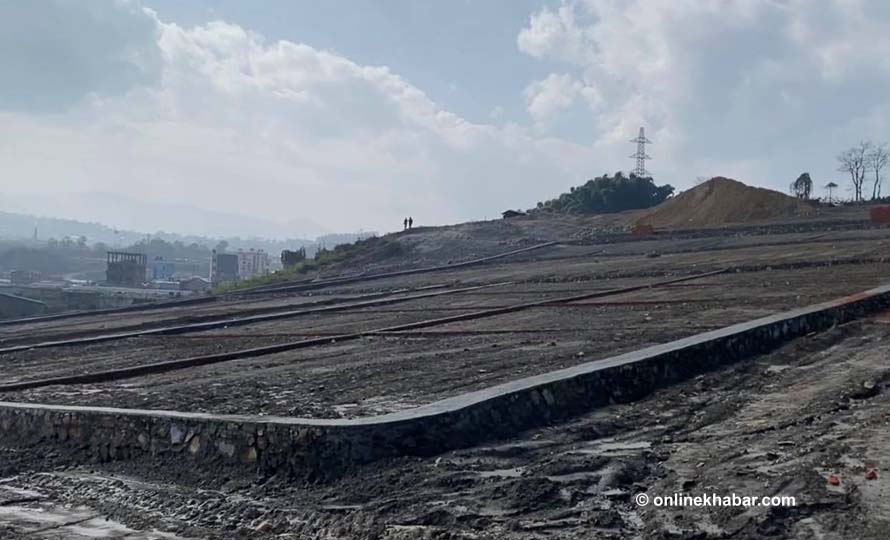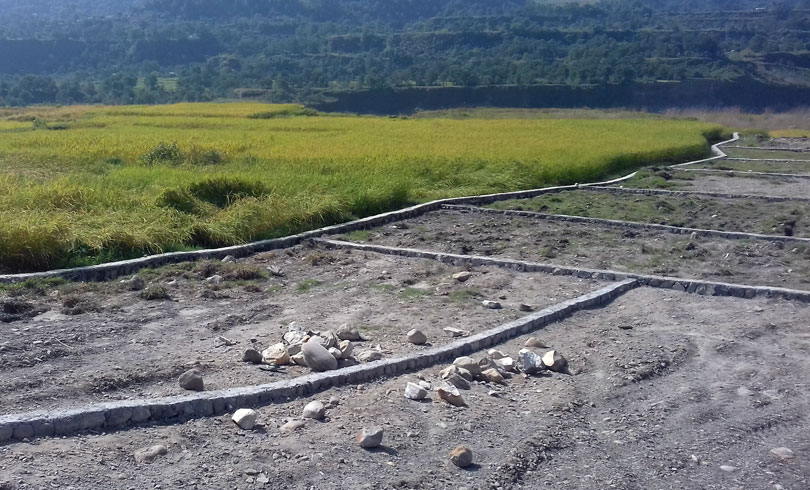It has been a long time since the buying and selling of real estate between individuals started in Nepal. However, it has been only about three decades since this sector has evolved as a business industry.
Who started this, when, how and for what purpose? Let’s get into the details of the history of the real estate business in Nepal.
1. Land within the ambit of law
As mentioned by the Department of Land Management and Archive, in the Muluki Ain issued in 1853/54 under the Prime Minister Junga Bahadur Rana, there were provisions about renting land and related affairs.
This is said to be the first instance of the real state sector’s regulation in Nepal.
2. Record keeping
During the Rana era, land tax was the main source of income of the country. According to the Department of Land Management and Archive, the practice of keeping systematic records of the land (their status and area) in the plains and hilly areas started in 1873/74.
3. Establishment of the land revenue office
The ‘Maal Adda’ (land revenue office) was established in 1896 as an institution for land administration. Likewise, Tahasil Karyalaya (finance office), initially set up to pay salaries to the staff and collect the bills, was merged into the Maal Adda in 1902.
4. Land classification and survey
Chandra Shamsher, who ruled Nepal from 1901 to 1929, classified the land into four categories: awal, doyam, seem, and chahar. Meanwhile, a land survey was conducted in 1907 with the help of chains. After that, the land was taxed according to the type.

5. Beginning of ownership transfer
The process of transferring the rights of the real estate (houses and land) in a written form started after the establishment of the Pota Registration Adda in 1921. Also, the practice of passing the registration of real estate at the Maal Adda started on April 13, 1922.
6. Commencement of plot (kitta) survey
In 1923, the system of keeping the land records on the basis of maps started with the introduction of the plot survey in Bhaktapur.
7. Promulgation of acts
The Immovable Property Requisition Act was promulgated in the 1950s which was the first law in the form of an act to govern the sector. Likewise, the Land Reform Act, 1957 was brought to protect the rights of tenants.
In 1960, the Birta Abolition Act was enacted. Similarly, the Land Survey and Measurement Act, 1962 was introduced followed by the Lands Act, 1964. In the meantime, the Land Administration Act, 1966 was also promulgated.
8. Reorganisation of the land revenue office
Initially, the Land Administration Office was established under the Ministry of Land Reforms in nine districts, including three districts of the Kathmandu valley, to look after the administration of land and the map prepared as per the Land Survey and Measurement Act, 1962.
In 1967, the Land Administration Office was renamed into the Land Reform Office. Meanwhile, the then Revenue Office and Funds and Collection Offices were also converted into the Land Revenue Office, established in 1969 under the Land Revenue Department of the then Ministry of Finance.
Again, the name of the Land Revenue Office was changed to the Revenue Office and Funds and Collection Offices in 1971. After the Land Revenue Act, 1978, was issued, the Land Revenue Office was established separately under the Ministry of Finance the next year. It made the process of buying and selling the real estate easier.

9. Path to commercialisation
Min Man Shrestha, a central member of the Federation of Nepalese Chamber of Commerce and Industries and the president of the Urban Development Committee under the FNCCI, says that the sector has moved ahead commercially only after the 1990s. Since then, the attraction of the businesspersons in this area has been increasing, adds Shrestha.
After the legal recognition of the real estate business in 1990, many businesspersons registered their own companies and started real estate businesses in the Kathmandu valley.
Subsequently, the real estate business has gradually become wider. As of now, this business has taken a commercial form not only in the Kathmandu valley but also in many districts.



















